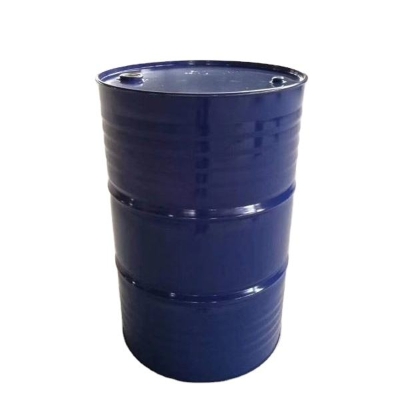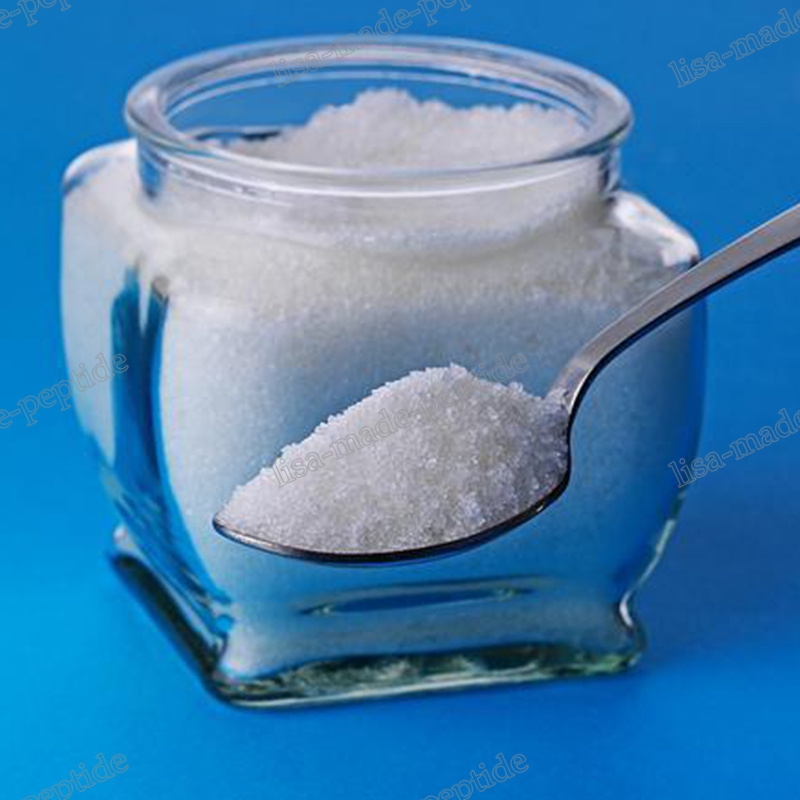-
Categories
-
Pharmaceutical Intermediates
-
Active Pharmaceutical Ingredients
-
Food Additives
- Industrial Coatings
- Agrochemicals
- Dyes and Pigments
- Surfactant
- Flavors and Fragrances
- Chemical Reagents
- Catalyst and Auxiliary
- Natural Products
- Inorganic Chemistry
-
Organic Chemistry
-
Biochemical Engineering
- Analytical Chemistry
-
Cosmetic Ingredient
- Water Treatment Chemical
-
Pharmaceutical Intermediates
Promotion
ECHEMI Mall
Wholesale
Weekly Price
Exhibition
News
-
Trade Service
【Chemical machinery and equipment network Policies and regulations】China's economy has shifted from a high-speed growth stage to a high-quality development stage, and the transformation to green environmental protection development requires us to promote energy conservation and emission reduction, gradually reduce high-energy-consuming and high-emission projects, and form an industrial structure
that conserves resources and protects the environment.
At the same time, energy conservation and emission reduction require reducing fossil energy consumption and carbon dioxide emissions, which is also an inevitable requirement
for China to achieve the goal of carbon peak and carbon neutrality.
that conserves resources and protects the environment.
At the same time, energy conservation and emission reduction require reducing fossil energy consumption and carbon dioxide emissions, which is also an inevitable requirement
for China to achieve the goal of carbon peak and carbon neutrality.
In January this year, China issued the "14th Five-Year Plan" comprehensive work plan for energy conservation and emission reduction, which made overall arrangements for energy conservation and emission reduction during the "14th Five-Year Plan" period, and clarified the overall requirements, main objectives, key projects, policy mechanisms and safeguard measures
for promoting energy conservation and emission reduction in the 14th Five-Year Plan.
On this basis, each province and city has also put forward its own energy conservation and emission reduction implementation plan to ensure the completion of the "14th Five-Year Plan" energy conservation and emission reduction targets
issued by the state.
for promoting energy conservation and emission reduction in the 14th Five-Year Plan.
On this basis, each province and city has also put forward its own energy conservation and emission reduction implementation plan to ensure the completion of the "14th Five-Year Plan" energy conservation and emission reduction targets
issued by the state.
Recently, Guangdong Province announced the "14th Five-Year Plan for Energy Conservation and Emission Reduction Implementation Plan of Guangdong Province" (referred to as the "Implementation Plan"), putting forward the emission reduction targets of Guangdong Province in the "14th Five-Year Plan": it is proposed that by 2025, the energy consumption of the province's GDP will be reduced by 14.
0% compared with 2020, the total energy consumption will be reasonably controlled, and the emission reductions of chemical oxygen demand, ammonia nitrogen, nitrogen oxides and volatile organic compounds will reach 197,300 tons, 09,800 tons, 73,800 tons and 49,900 tons respectively
。
0% compared with 2020, the total energy consumption will be reasonably controlled, and the emission reductions of chemical oxygen demand, ammonia nitrogen, nitrogen oxides and volatile organic compounds will reach 197,300 tons, 09,800 tons, 73,800 tons and 49,900 tons respectively
。
The Implementation Plan contains twelve key projects for energy conservation and emission reduction, including green upgrading projects for key industries, energy conservation and environmental protection improvement projects in parks, pollutant emission reduction projects in key areas, comprehensive remediation projects for volatile organic compounds, environmental infrastructure capacity improvement projects, energy conservation and emission reduction technology innovation and promotion projects, etc
.
.
For volatile organic compound emissions, the Implementation Plan requires the promotion of source substitution projects
for raw and auxiliary materials and products.
Focusing on industrial coating, packaging and printing industries, we will promote the use of coatings, inks, adhesives, and cleaning agents
with low volatile organic compound content.
Deepen the control
of volatile organic compound pollution in petrochemical and chemical industries.
Retrofit
of volatile organic liquid storage tanks.
Strengthen oil and gas recovery and management of oil tankers, crude oil and
refined oil terminals.
for raw and auxiliary materials and products.
Focusing on industrial coating, packaging and printing industries, we will promote the use of coatings, inks, adhesives, and cleaning agents
with low volatile organic compound content.
Deepen the control
of volatile organic compound pollution in petrochemical and chemical industries.
Retrofit
of volatile organic liquid storage tanks.
Strengthen oil and gas recovery and management of oil tankers, crude oil and
refined oil terminals.
In the energy conservation and emission reduction technology innovation and promotion project, the Implementation Plan requires that large-scale leading energy conservation and emission reduction technology enterprises play a leading role and strengthen the main position
of enterprise innovation.
Adopt methods such as "unveiling" to solve the key core technology research problems of energy conservation and emission reduction, and carry out new energy vehicle energy efficiency improvement, heavy metal emission reduction, energy conservation and environmental protection monitoring technology and instruments and equipment
.
Focusing on ultra-energy-efficient motors, ultra-low emission transformation, low-VOCs content raw and auxiliary materials and alternative products, VOCs waste gas collection and other technologies, a number of energy-saving and emission-reduction technology demonstration projects
will be implemented.
Increase support for industrial, fiscal, taxation, and financial policies, and fully implement the policy
of rewarding and subsidizing the first (set) equipment.
of enterprise innovation.
Adopt methods such as "unveiling" to solve the key core technology research problems of energy conservation and emission reduction, and carry out new energy vehicle energy efficiency improvement, heavy metal emission reduction, energy conservation and environmental protection monitoring technology and instruments and equipment
.
Focusing on ultra-energy-efficient motors, ultra-low emission transformation, low-VOCs content raw and auxiliary materials and alternative products, VOCs waste gas collection and other technologies, a number of energy-saving and emission-reduction technology demonstration projects
will be implemented.
Increase support for industrial, fiscal, taxation, and financial policies, and fully implement the policy
of rewarding and subsidizing the first (set) equipment.
In addition, the Implementation Plan also improves the policy mechanism for energy conservation and emission reduction from nine aspects, including optimizing and improving the dual control system of energy consumption, improving the total pollutant emission control system, resolutely curbing the blind development of high-energy-consumption, high-emission and low-level projects, strengthening energy conservation review and environmental impact assessment approval at the source, improving laws and regulations, improving economic policies, improving market-oriented mechanisms, strengthening statistical monitoring capacity building, and expanding the talent team
for energy conservation and emission reduction 。 Guangdong Province will formulate and revise pollutant emission standards for key industries, improve feasible technical guidelines or specifications for pollution prevention and control, build a fixed pollution source supervision system with the pollution discharge permit system as the core, and fully implement the "one-certificate" management
of pollution discharge permits.
for energy conservation and emission reduction 。 Guangdong Province will formulate and revise pollutant emission standards for key industries, improve feasible technical guidelines or specifications for pollution prevention and control, build a fixed pollution source supervision system with the pollution discharge permit system as the core, and fully implement the "one-certificate" management
of pollution discharge permits.
Original: Guangdong Province issued the "14th Five-Year Plan" energy conservation and emission reduction implementation plan to comprehensively rectify VOCs emissions







